Examining the correlations that exist between the variables discussed in the Variables section can be very instructive. As you do so, please keep in mind the following:
- Stronger relationships are demonstrated by steeper lines.
- A positive correlation (an increase in one corresponds with an increase in the other) is demonstrated by a line that begins in the lower left and moves upward toward the right. A negative correlation (an increase in one corresponds with a decrease in the other) has the same properties except it will begin higher at the left and slope downward toward the right.
- Please keep in mind that correlation in this case implies nothing more than a simultaneous relationship. To assume one causes the other is not safe.
Resistance to Change and Psychological EmpowermentThere is a reasonably strong negative relationship between resistance to change and psychological empowerment, a measure of motivation. In other words, the more motivated a person tends to be, the less resistant to change they also tend to be and vice-versa.
|
Resistance to Change and Organizational CommitmentThe chart below that considers the relationship between resistance to change and organizational commitment shows that those who are more resistant to change tend to be less committed to the organization, though the strength of this relationship is not as strong as others in this section, this was a noteworthy addition because it affirms that resistance to change is associated with attitudes and behaviors that tend to turn people away from, rather than toward, investment in the organization for which they work.
|
Psychological Empowerment and TrustThere is a reasonably good relationship between psychological empowerment (the primary measure of motivation used in this study) and trust in one’s supervisor. What this tells us is that as trust increases, so also does motivation. This underlies the need to act in a way that is perceived as trustworthy to those around us – particularly those we lead.
|
Psychological Empowerment and Organizational CommitmentThe positive relationship between psychological empowerment (the primary measure of motivation used in this study) and organizational commitment is, for the most part, unsurprising except for the fact that one might consider the relationship be to stronger between two such similar concepts. It is important to understand, however, that psychological empowerment is a measure of an individual’s intrinsic motivation with regard to their duties – in other words, the extent to which they would keep doing these duties even without external incentives just for the joy of what they do. In contrast to this, organizational commitment is a measure of that same individual’s intention to stay with, and invest in, the organization of which they are a part. This has more to do with personal feelings of value alignment with the organization and desirability of the organization as an employer. In other words, psychological empowerment is an internal measure related to task and organizational measure is a measure of the perceptions individuals have about their employers. In light of this, the relationship that exists here is interesting.
|
Trust and Organizational CommitmentAs mentioned above in relation to psychological empowerment and trust, it is important to understand what trustworthiness means to those around us because of the strong relationship that exists between trust and other important measures of individual performance in the organization. Though a strong correlation does not, by definition, imply causation, the strength of the relationship is noteworthy as this strong of a correlation between variables is not particularly common. This further underlies the need to understand how others interpret our actions and decisions so as to maintain a sense of trustworthiness to our colleagues, employees, and superiors.
|
Engagement and TrustEngagement (the secondary measure of motivation shares a reasonably positive relationship with trust. This is consistent with the finding above that psychological empowerment (the other measure of motivation in this study) has a positive relationship with trust. These results imply that those who have more trust in their supervisors also tend to be more motivated in their work.
|
Engagement and Organizational CommitmentThere is a healthy positive relationship between engagement and organizational commitment. This indicates that individuals who are more motivated (engagement is a secondary measure of motivation evaluated in this study) also have the tendency to be more committed as well. While this may seem obvious, that may not always be the case as the cause for motivation could run counter to the good of the organization – such as a hypothetical individual who might exclusively seek personal gain in their work.
|
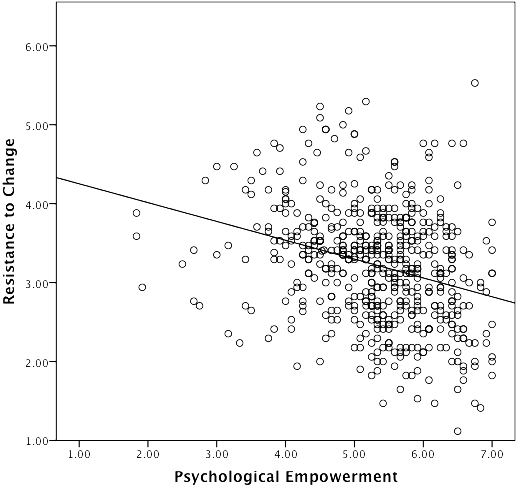
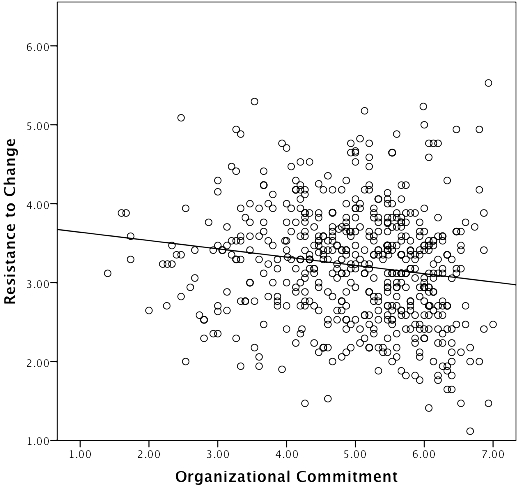
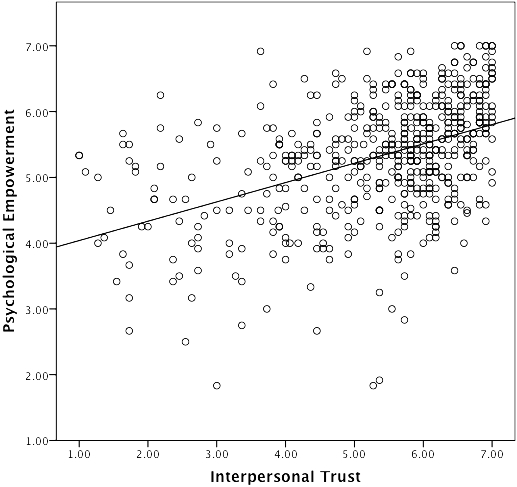
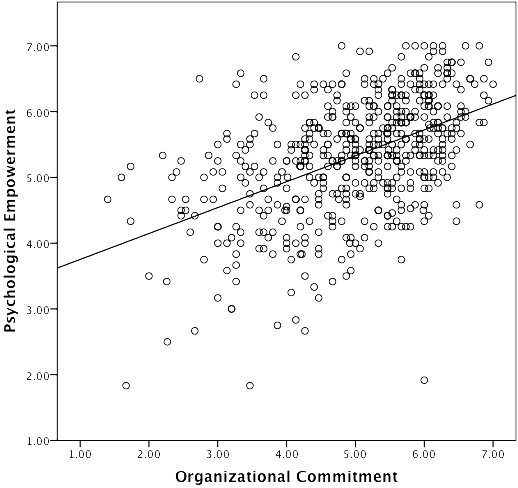

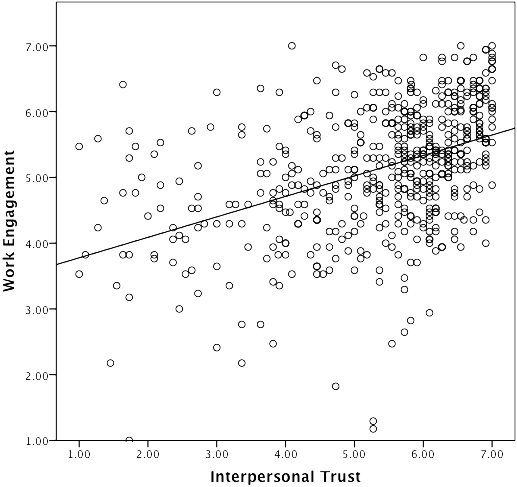

Speak Your Mind